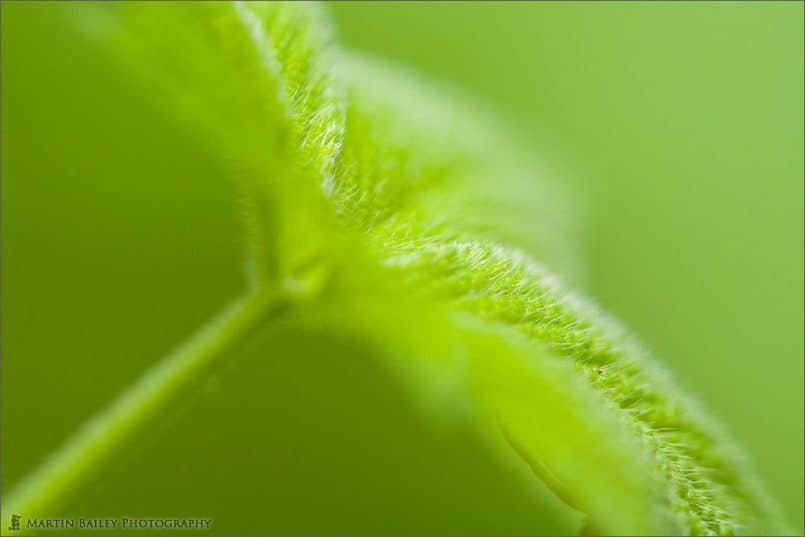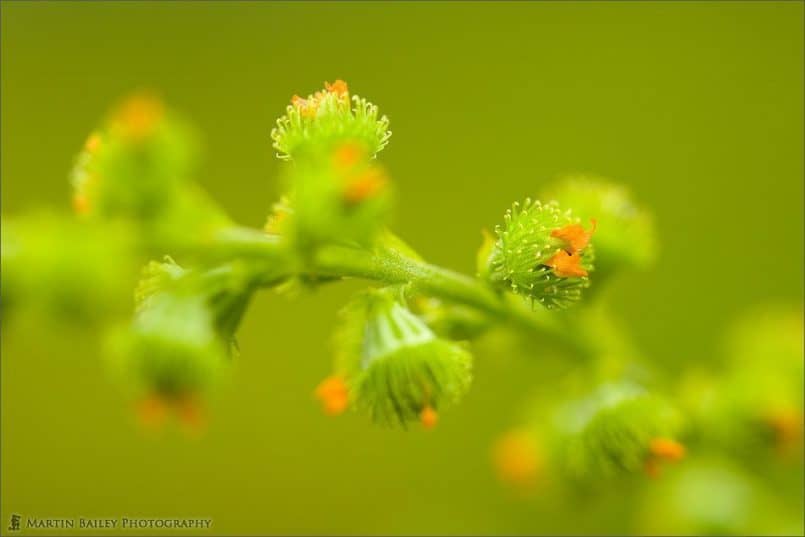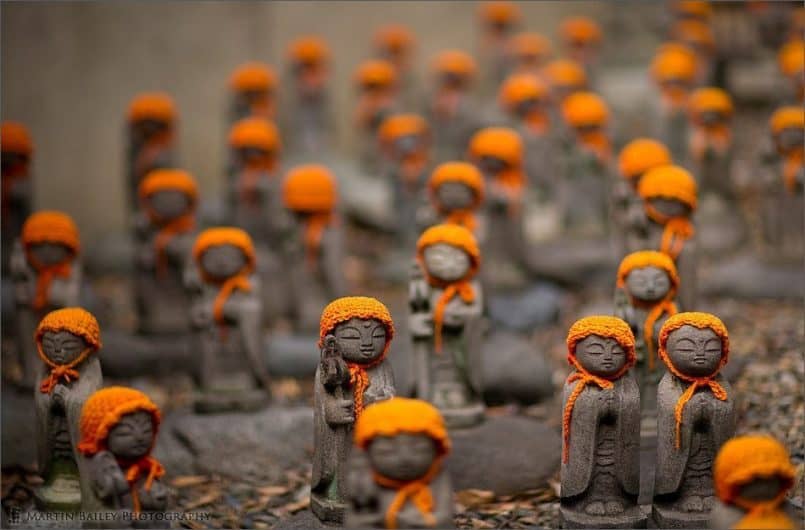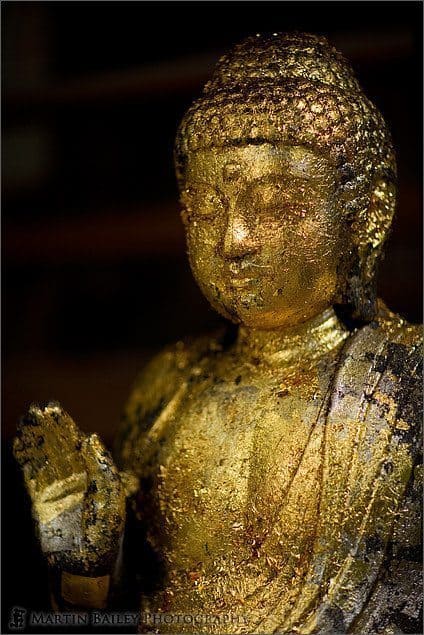Having done a few pretty long and intense episodes recently, today we’re going to take it a little easy, and I’m going to talk about a number of images that I’ve uploaded since our last Single Exposures episode. Before we go on, I wanted to say a quick thanks to all of you that have mailed or posted comments in the forum about our first roundtable style Podcast, episode 102. It seems that many of you really enjoyed this episode, and have let us know, which is great. I also wanted to quickly mention that I recorded the first roundtable with my own voice on one channel, and Forrest and Even’s lines on the other channel, so we came out of different speakers. Having recorded like that, I pretty much had to release it like that, but while editing the audio I realised that this was a bit annoying. I have also received a few mail from people telling me so, so I just wanted to mention that I’ll be going to a mono recording for the next roundtable. That way all participants will be heard from both speakers. Thanks for the feedback on this too, it all really helps.
In episode 97 we looked at a number of photos from the Nature Research Institute near my apartment here in Tokyo. I go here quite often, especially when I think there’ll be plenty of bugs around to shoot. That was the main theme through episode 97. I went back to the Institute two weeks later and uploaded another handful of shots from that day, but not enough to do a full Podcast, so today I first want to look at a couple of my favourites from that day. Let’s look at image number 1505 to begin with. I called this image “Imagination” as I left quite a lot to your imagination in this image. Also, as you’ll see I used a very shallow depth-of-field to through the majority of the image out of focus, again giving us a departure from reality. I actually set up my camera on a tripod with the 100mm F2.8 macro lens and a 25mm extension tube, because there was a spider on the underside of the leaf. He was walking around quite a lot, and I got a few with the spider in full view as well, but I really ended up liking this one more because of the overall softness of the bokeh and the way the spider has just a couple of legs sneaking into the frame at the bottom, under the leaf. Also, because I was shooting a slightly larger than life-size, all of the hairs on the leaf are also visible as well as some detail along the line of focus, enabling us to see just how close we’re looking at this macro scene. I was using ambient light by the way, and a shutter speed of 1/20th of a second at F4. This is a pretty slow shutter speed, and had there been any wind, I wouldn’t have been able to shoot this without seeing some subject blur. To get a shutter speed as fast as this even, I had to raise the ISO to 250. I probably couldn’t have gone any lower than 1/20th of a second, even with a tripod.
I want to look at one more shot from this day, which is image number 1508. Here I shot the fruit, after the flowers have died back on an Agrimony plant. Agrimonies grow to be quite tall, and very convenient for photographing. I was standing up almost straight to shoot this, which makes a change for macro work. This time I shot with ISO 400, again at F4, and this gave me a shutter speed of 1/100th of a second. I was still using the 25mm extension tube with the 100mm macro, so I am pretty close here, having positions the seeds here with the lens pre-focused at the shortest focusing distance. I set the exposure manually, and pushed it as far as I could go before going over-exposed, so that the greens came out as bright as possible. It’s the brightness of these greens with the warm yellow-brown that makes it for this shot though. I think just the greens alone would not have been anywhere near as appealing. Seeking out this kind of complimentary colour can really help to liven up your shots. If you take a look at the colour wheel in the Quick Links menu at martinbaileyphotography.com you’ll see that these two colours are pretty much next to each other on the top left and top right. Being opposite will give the most dramatic effect, but being close to the purest form of any colour even next to each other will work too if you keep the colours vibrant.
The next shot I wanted to look at is image number 1514, which was actually shot almost two years ago on November the 3rd, 2005, at the Ueno Zoo here in Tokyo. This beautifully ugly bird is a Shoebill Stork, and I just love them. There are I think two pairs of these birds in the zoo, and when I shot this, he or she was sitting on a nest, though I don’t think there was an egg in it. I shot this through a largely spaced mesh wire fence with my 100-400mm lens at 250mm so you can tell that I was really quite close to the enclosure and the bird was right next to the edge of the inside of the enclosure too. I was shooting in Aperture Priority, and used minus one third Exposure Compensation giving me a shutter speed of 1/400th of a second at F5.6. I was actually shooting at ISO 800 to get this shutter speed, as I was zooming anything up to 400mm and needed a fast shutter speed to stop from getting camera shake. There isn’t a lot of worry about subject movement with these storks as they move very slowly and deliberately. I’ve seen them in a documentary before and they spend hours and hours just standing over the water in marshlands and watching, and waiting. Then after like six or eight hours or so, when a really big fish comes by, the strike at lightning speed, and get one very large meal. Because they move so slowly though, their metabolism is also pretty low, so this seems to be enough for them.For those of you that have listened to Episode 1 of this Podcast about the Pink Flamingo, you’ll perhaps recognise the colours in the background of the next shot, which is number 1516. The main subject of course is another Shoebill Stork, this time a view from the side, slightly behind the bird for a nice profile, but I have used the bright pink of the flamingos and their reflections in the water in their compound to as an effective background for the magnificent Shoebill. There are also two patches of dark on either side of the frame, which if I recall correctly is two trees, which also help to frame the shot and bring it all together. Also the back of the Shoebill’s head is aligned nicely with the dark of the tree to the left, which helps to emphasise the line of his head and those wacky feathers on the back of his head, yet the pink of the flamingos just cutting into the edge behind the nape of his neck adds a little splash of colour to break up the monotony. This was shot with the same settings as the last image, but as I was in Aperture Priority mode, this time the shutter speed had increased to 1/250th of a second. Still enough to capture this bird nice and sharply, and I was lucky enough to get a nice catch-light in the eye there too.
A few weeks ago I did a Podcast about testing my new 85mm F1.2 lens, and have been carrying it around with me quite a lot since. This has been the only way I’ve managed to do any photography in recent weeks being so busy with other things. The oppressive heat here in Tokyo is starting to subside though, and hopefully within the next few weeks I’ll start to get out a little more, but for now, I’ve been keeping my stress levels down by shooting the odd image here and there with my new 85mm lens. With that, I thought I’d share a few of those with you as well today. The first one is image number 1520, which is shot at the temple next to where I work in my day job, which is called Daienji. In this image we can see a whole load of Mizuko statues with orange bonnets. I’ve mentioned this before some time ago, when we looked at some Mizuko from another temple, but there is a sad story behind these “Mizuko” statues. They are created by the temple and placed by parents to help them to get over the loss of a baby that may have miscarried, or died at birth, or even one that they had to abort for some reason or another. I don’t think it really matters what happened, but these statues are to help family left behind by any child that didn’t make it into this world, died in the process, or exited shortly after entering this world. This is why they have those kiddie’s bonnets. Mizuko by the way directly translates as “Water Child”.I shot this at F1.4 at ISO 100 on a somewhat overcast day, and I still got a shutter speed of 1/1000th of a second. A sad image, but I’ve got to say that I’m loving this 85mm F1.2 lens. It’s just so fast. Needless to say I was handholding, and I used F1.4 to give me just a tad more depth of field so that I could get the statues either side of the one just off center that I focussed on also in focus to some degree. I shot in Manual mode and shot a couple of test shots while inspecting the histogram, making sure that the red didn’t hit the right shoulder indicating that those orange bonnets were blowing out. I was pushing the exposure though, as I wanted these oranges to really jump out at me.
Also in the grounds of the Daienji Temple is the Yakushi Nyorai that we see in image number 1522. A type of Buddha statue, people by sheets of gold leaf from the temple for $5 a pop and then apply it to the statue at a point that they have some pain or ailment. There’s a plaque with some text on to the right of the statue, and they are supposed to chant that while applying the gold leaf. I decided to stay with a wide aperture here, to really get rid of the background, and also just because I’m still trying to get a handle on just how much depth-of-field I get when this lens is used wide open. I actually opened right up to F1.2 for this one, and it was still as sharp as tacks. I kept the exposure toned down a little by selecting 1/800th of a second at F1.2 and still using ISO 100. This was to make sure the gold came out nice and yellow and so that I didn’t blow out the highlights on this highly reflective subject, but also because I wanted the background to be not only blurred, but dark, so help the statue to stand out again it. I shot a few with the hand paralleled to the face so that both were in focus, but didn’t think it worked as well as this one, in which really only the face and part of the statues chest is in focus. A tight crop also helped to build a little tension here too.
OK, so I was in too minds whether or not to include this next shot, as it feels a little vain, but as a photo I quite like it, so I’ve uploaded it to talk about here. Let’s look at one last image before we finish, which is image number 1523. There has been talk on the MBP Forum recently about what I look like, and I realize that many of you probably haven’t looked at my bio page on the Web site, and even those that have, have only seen a relatively old photo or two of me, neither of which were a close up of my mug. That, and the fact that I wanted a better profile photo for the Workshops page I put together last week, drove me to shoot this self-portrait. Of course, I used the 85mm for this to, and set it up on a tripod in my kitchen with a gradual grey screen behind me, and basically just shot about 30 images with the cable release. It was almost dark when I shot the images but I wanted to use the ambient light coming in through the kitchen window. I had to get up a few times and check the exposure, but also check that I was in the frame at the right place, as I was cropping quite tightly. I tried a few different angles for my head, but having shot a whole bunch of images, I found that this one was the closest to how I think I look. The other 29 or so had some fat middle-aged bloke in them. I can almost hear some of you saying that there’s a fat middle-aged bloke in this one too. Anyway, I had one tip with regards to this image – I found on checking the first few that because I was relying totally on autofocus for this, the camera was focusing on my glasses, so for each shot I was half-pressing the shutter release cable and then moving my head forward by a centimetre or two, so that I got my eye in sharpest focus, and not my glasses. I imagine this would be a problem when shooting people with glasses, whether it’s a self portrait or not, especially when purposefully using a shallow depth-of-field.
I was actually in two minds as to whether or not I should upload this for another reason, and that is because at this size, you can clearly see some age lines to the side of my left eye, or the eye to the right of this shot. I figured though that this is me, at age forty, and so I should just stick it up there anyway. Worrying about stuff like that really would be vain. I shot this at F2 for 1/25th of a second at ISO 200, so you can tell that the light levels were dropping quite low. Anyway, that’s me, if you haven’t seen me before, you can check it out. Just don’t look too closely OK.
So, a bit of a quick one this week. We haven’t just taken time to look at some images for a while, so hopefully this will be a nice breather for you as well as giving me a chance to catch up on some other stuff. Don’t forget the Hokkaido Workshop that I spoke about last year. If you are interested in joining us, please do take a look at at the tour page, which is the site that I have put together to publish all the details and pricing, and a way to book your slot. If you still have any questions after reading the page and listening to episode 103 about the Workshop, please do drop me a line.
And that’s about it for today. We were played in and out by Ichiro Nakagawa with a track called “In Kamakura – The Traditional Samurai Metropolitan in Japan”. So with that, all that remains to be said is thanks for listening, and you have a great week, whatever you’re doing — Bye-bye.
Show Notes
I was in two minds as to whether or not to include a recent self-portrait, but I figured because you’ve been discussing what I look like in the forum recently, it would be a good chance to put the record straight! 🙂
The music in this episode is from the PodShow Podsafe Music Network at http://music.podshow.com/
 Subscribe in iTunes for Enhanced Podcasts delivered automatically to your computer.
Subscribe in iTunes for Enhanced Podcasts delivered automatically to your computer.
Download this Podcast in MP3 format (Audio Only).
Download this Podcast in Enhanced Podcast M4A format. This requires Apple iTunes or Quicktime to view/listen.

Posted on behalf of Martin by Michael Rammell, a Wedding Photographer based in Berkshire, England. Michael also has a long-standing passion for Nature & Landscape photography. To catch up with Michael, visit his Web site, and follow him on the following social networking services.




![Sitting Shoebill [C]](https://martinbaileyphotography.com/wp-content/uploads/2013/09/MBP_Ueno_Zoo_20051103_0075.jpg)
![Contemplative [C]](https://martinbaileyphotography.com/wp-content/uploads/2013/09/MBP_Ueno_Zoo_20051103_0120-805x561.jpg)










0 Comments